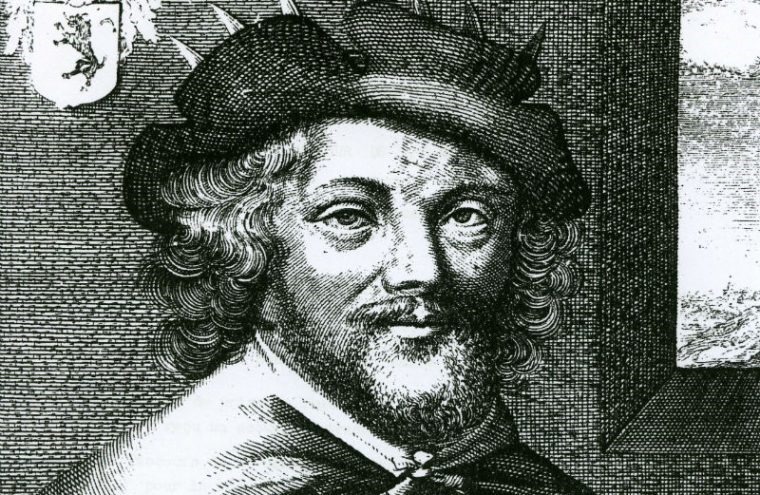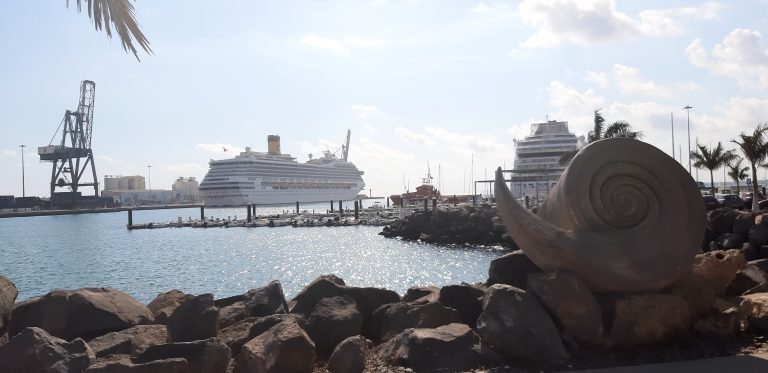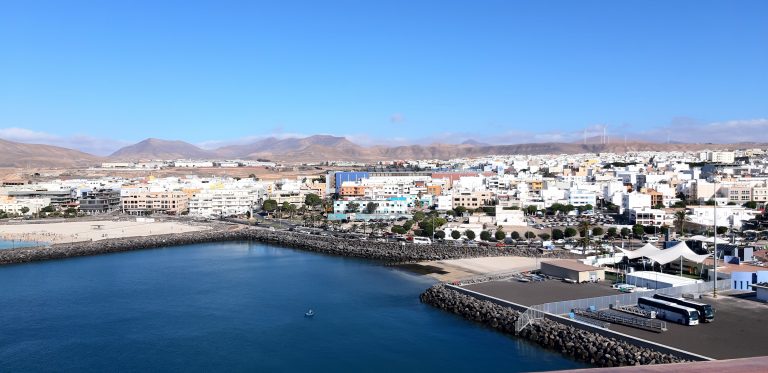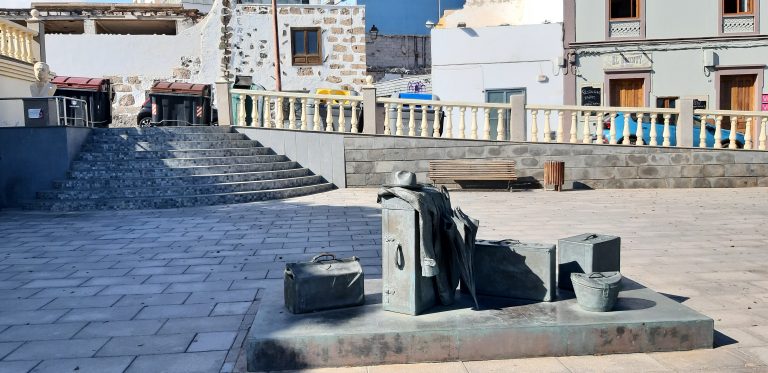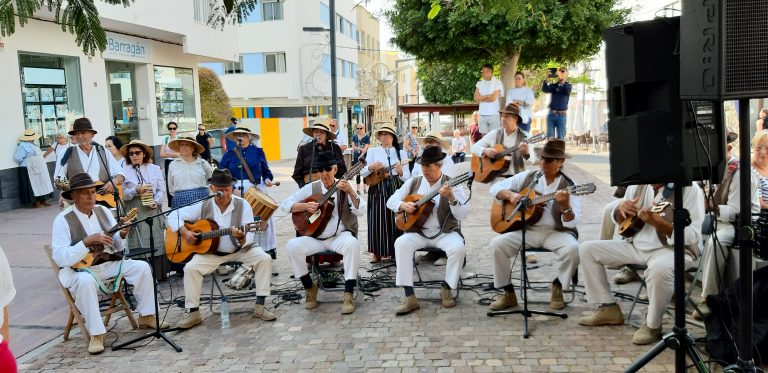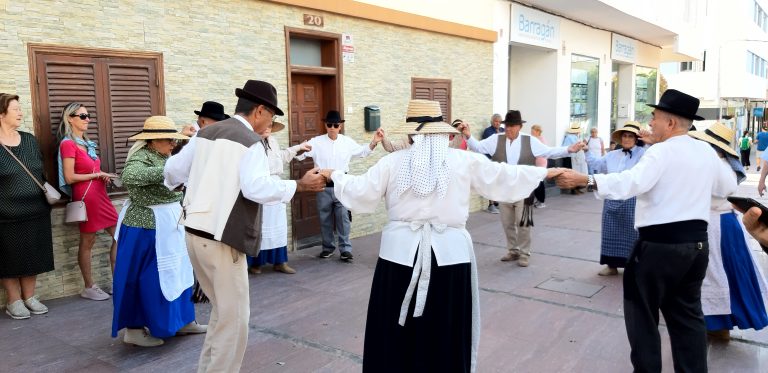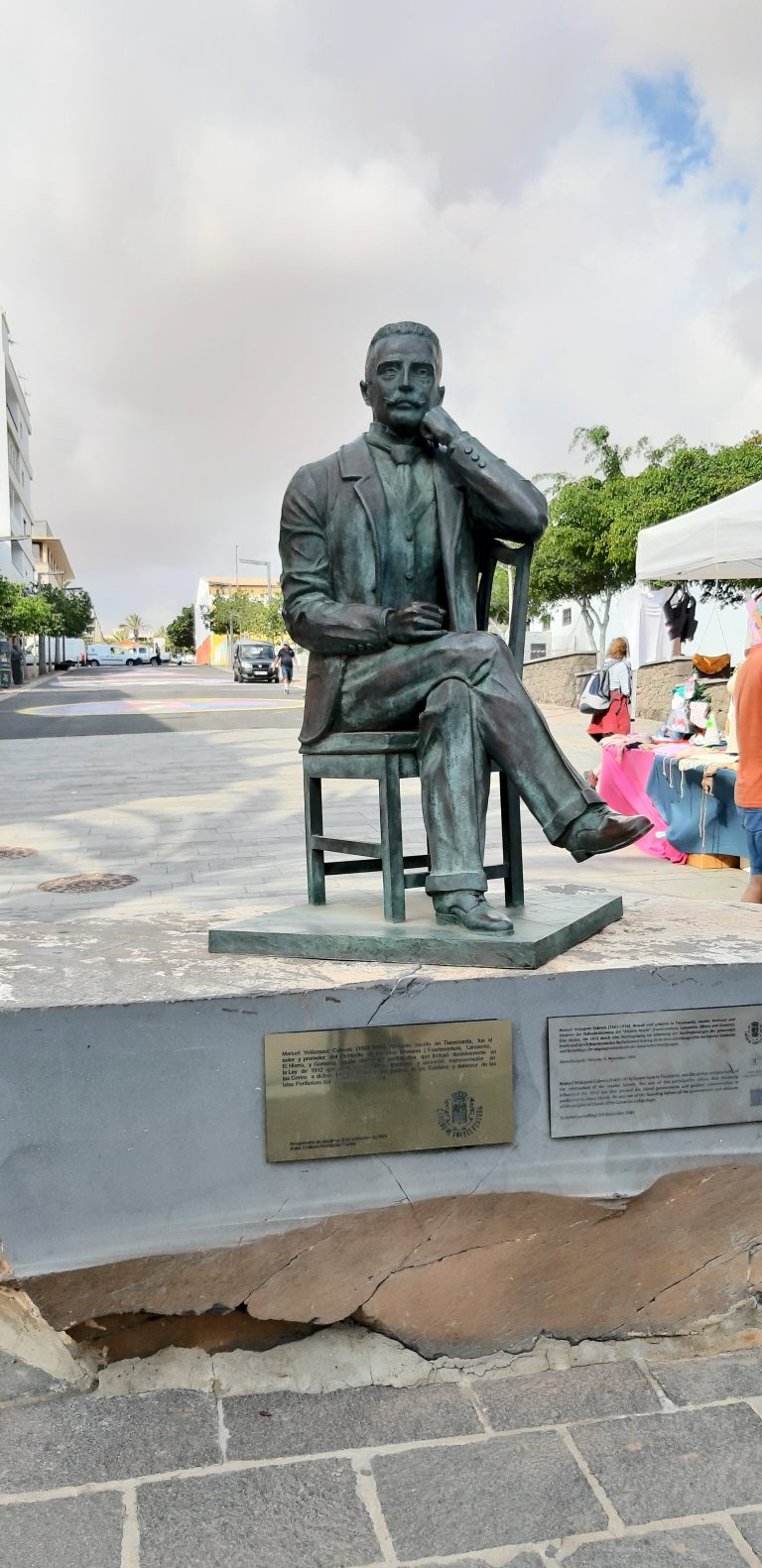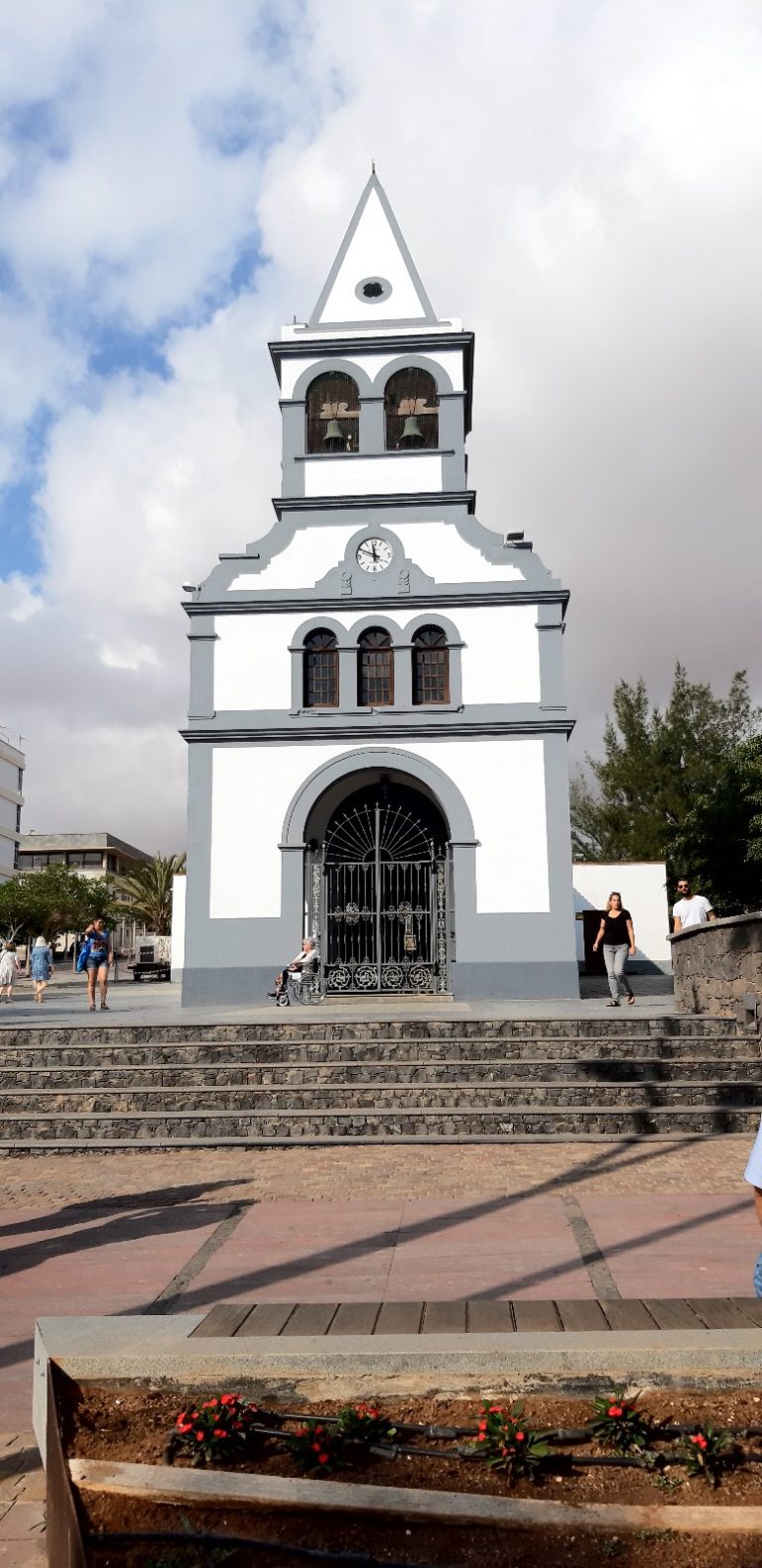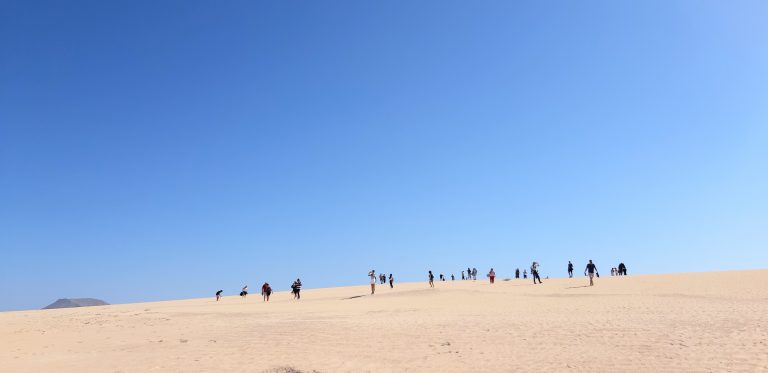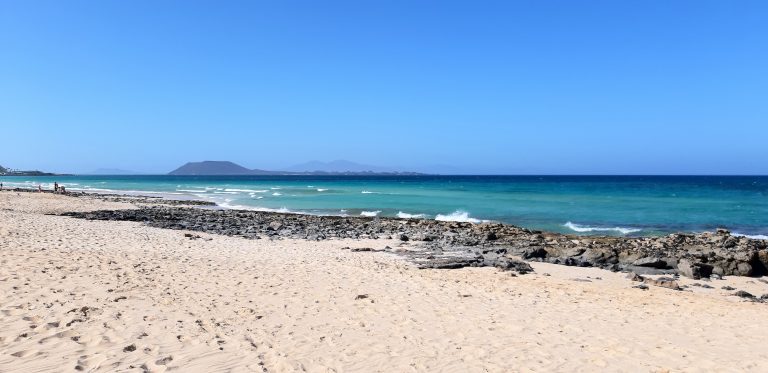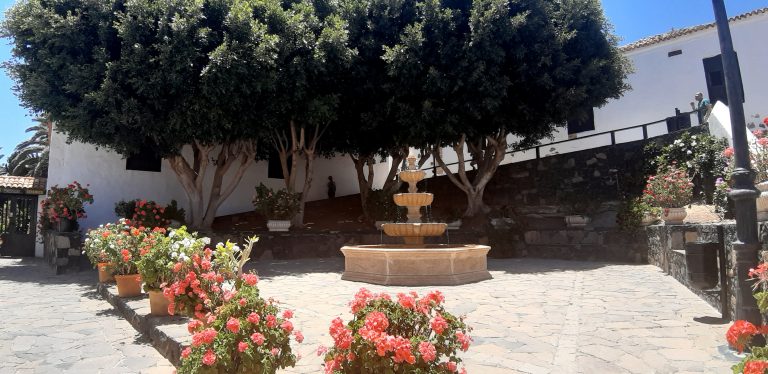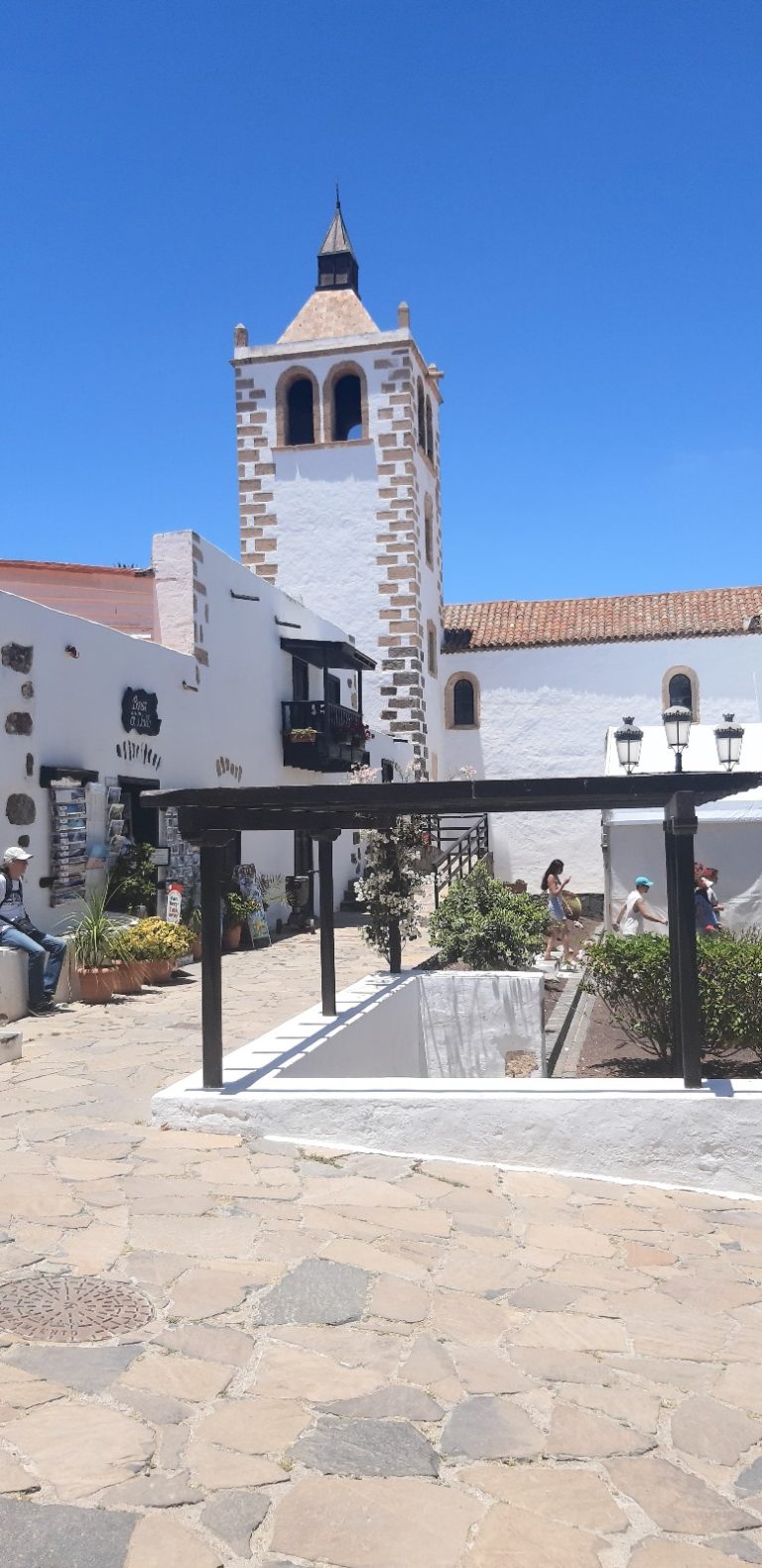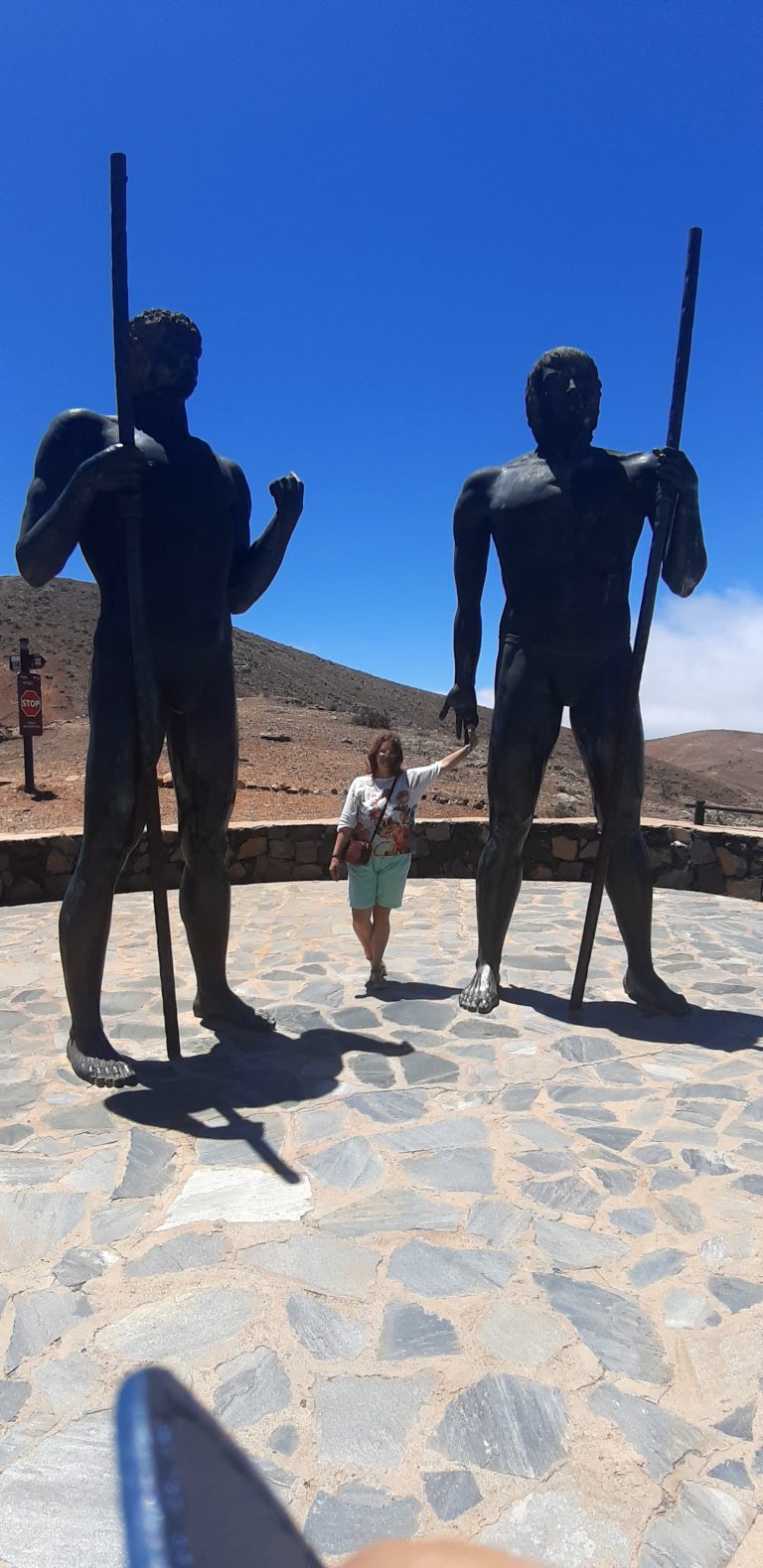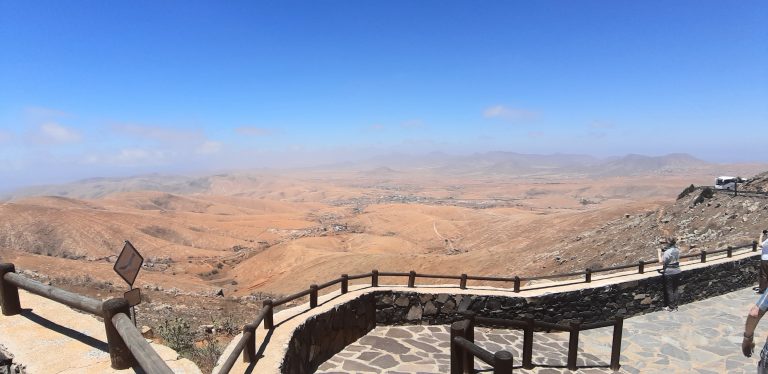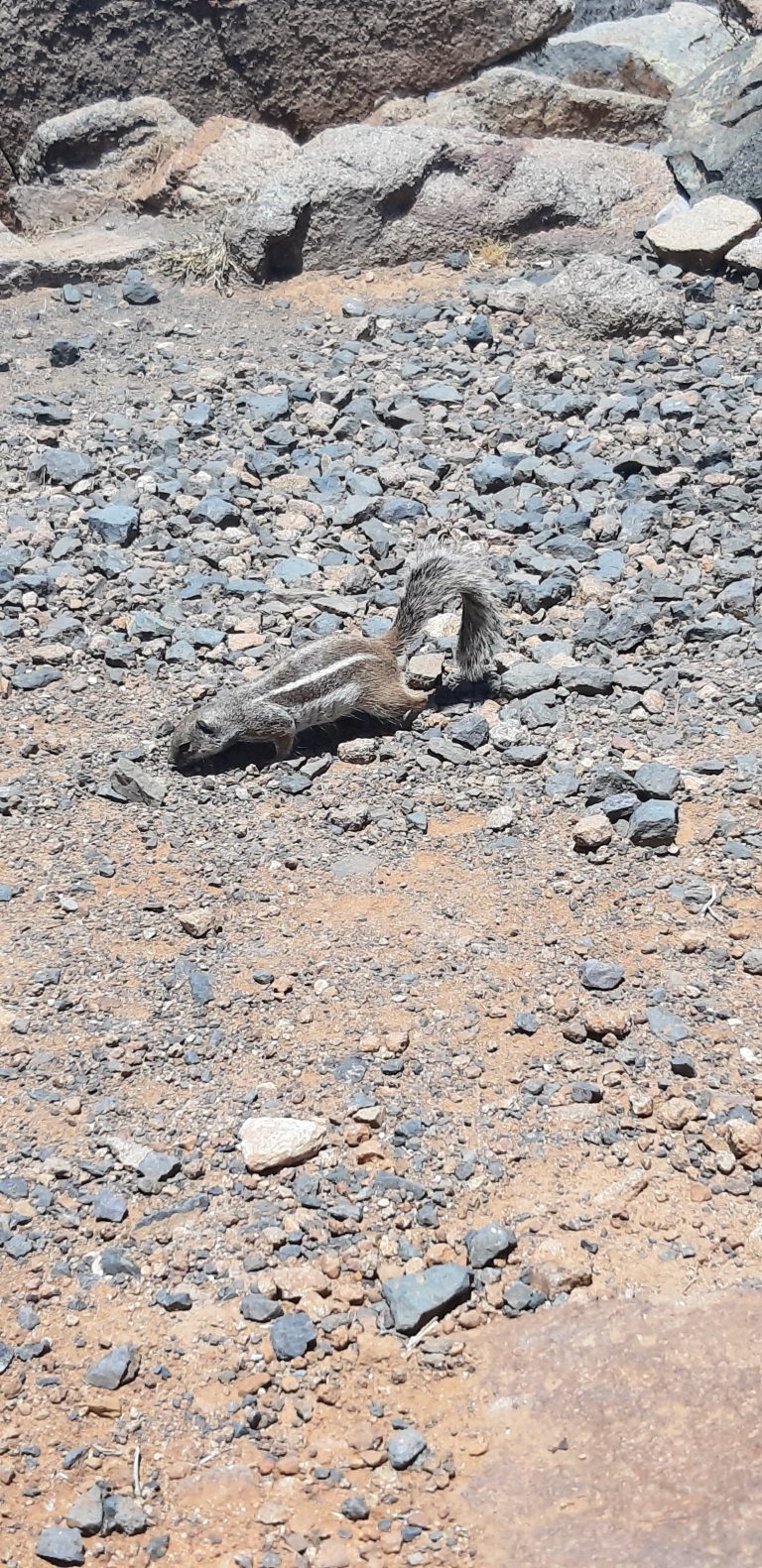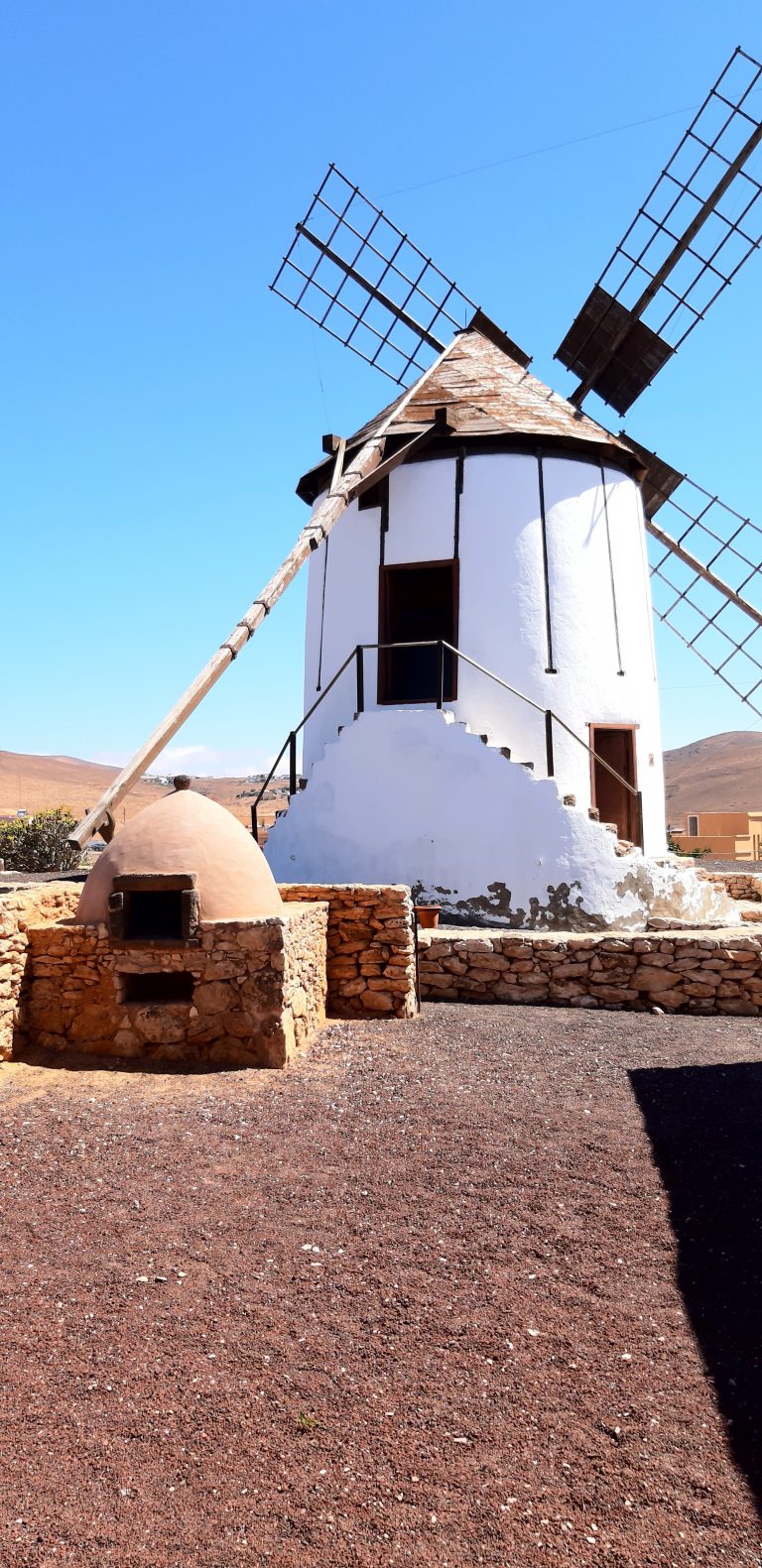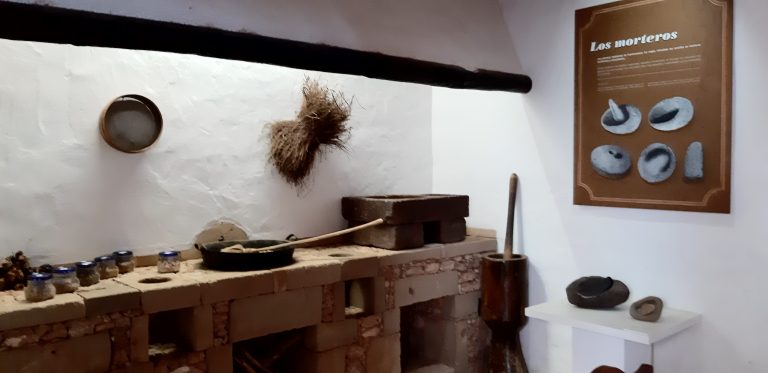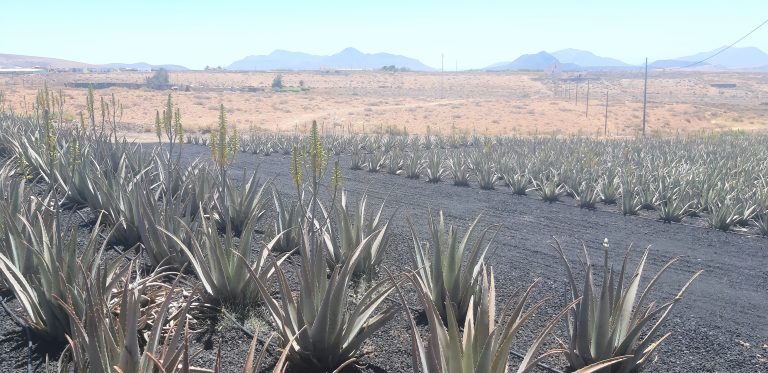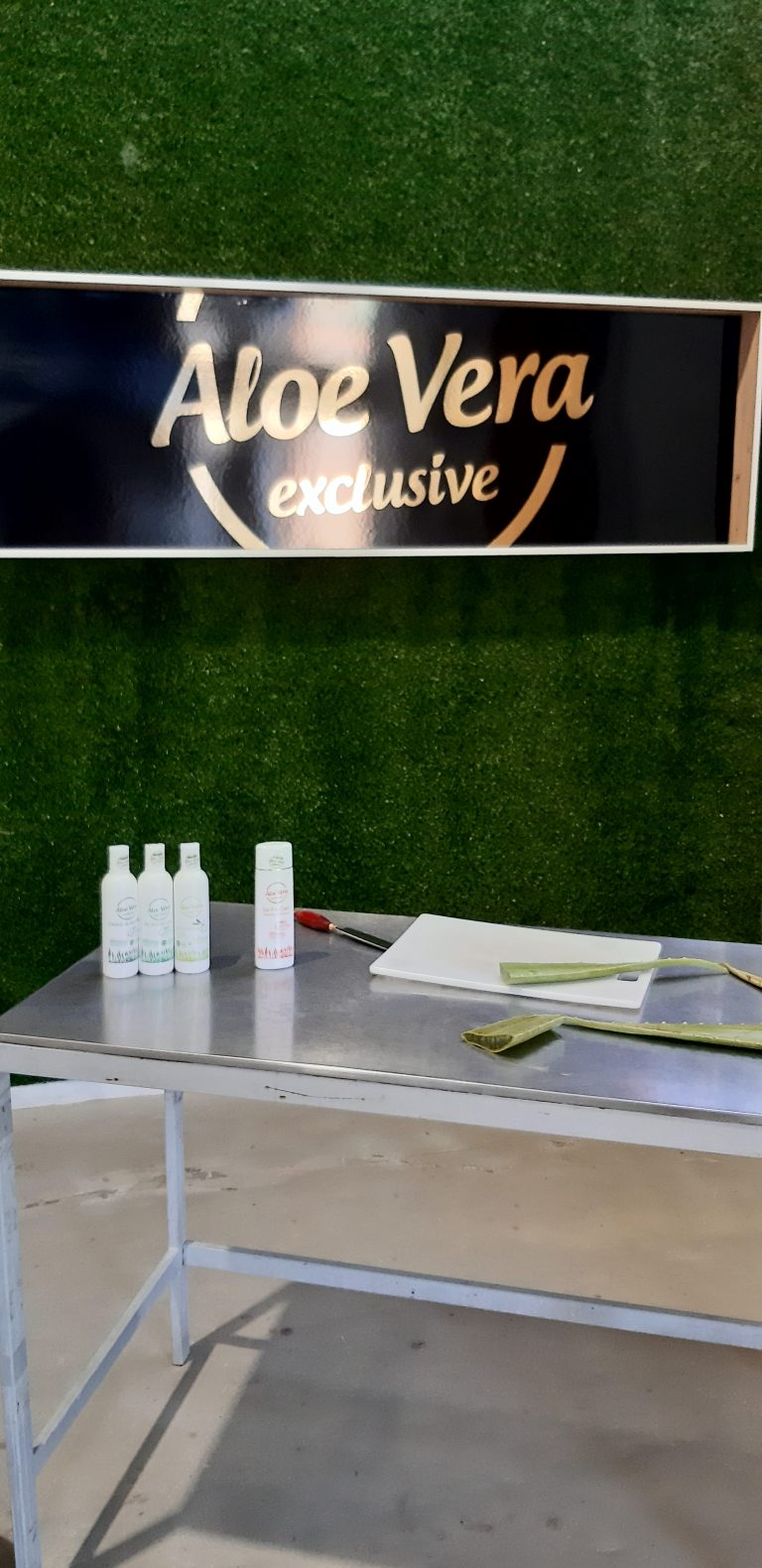Fuerteventura: Sea, Wind, and Aloe Vera
When you dock at Puerto del Rosario, you find yourself in Fuerteventura, the oldest and second-largest of the Canary Islands. Formed due to underwater volcanic eruptions, it is only 100 km away from the northern coast of Africa.
Known primarily for its white sandy beaches and year-round warm climate, Fuerteventura is made cooler by constant winds. In fact, Fuerteventura means “strong wind,” although historically, it is believed to derive from Bethencourt’s exclamation: “Que fuerte aventure!” (“What a great adventure”).
Jean de Bethencourt
Who was Jean de Béthencourt?
In 1402, Jean de Béthencourt and Gadifer de la Salle, leading French knights and crusaders, initiated the conquest of the island. They arrived with only 63 sailors out of the original 283, as many had deserted along the way. After arriving and settling in Lanzarote, the invaders made initial forays into nearby islands and founded Betancuria on the western coast in 1404 (the island’s first settlement). After numerous difficulties, Gadifer took charge of the invasion, while Bethencourt returned to Spain to seek recognition and support from the Castilian king, Henry III.
Puerto del Rosario
Puerto del Rosario
Puerto del Rosario
Puerto del Rosario
Leaving the port on foot, you can explore this charming town, get lost in craft stalls, and perhaps encounter musicians and dancers in traditional attire bringing festivity and entertainment to the center.
Musicians and dancers Fuerteventura
Musicians and dancers Fuerteventura
In the Canaries, there are numerous popular celebrations and traditions unchanged over the centuries. In Fuerteventura, the oldest celebration is the “Romería,” held in honor of La Peñita, the affectionate nickname for the islanders’ patron saint, celebrated with a procession featuring music and local products.
Miguel Unamuno
Chiesa di Nuestra Senora del Rosario
During your stroll, don’t miss a visit to the Miguel Unamuno House Museum. Located in the center, across from the Church of Nuestra Señora del Rosario, admission is free. Unamuno was a Spanish writer and thinker. He became a professor of Greek literature at the University of Salamanca at a young age and served as its rector multiple times. However, in 1914, the Minister of Public Education dismissed him from this position for political reasons, as he had become a controversial anti-traditionalist. For this, he was exiled, and from March 12 to July 9, 1924, he lived in Puerto del Rosario. He remains a major representative of the innovative intellectuals of the “Generation of ’98.”
The house contains furniture and objects dear to him, including the desk he worked on, the bed, and various family areas. Numerous texts written by him adorn the walls.
Sun, Sea, and Beaches
Puerto del Rosario is the ideal starting point to reach the splendid beaches of Fuerteventura. By car, you can easily reach Playa Blanca, Playa Chica, and Playa de la Concha. Note that the beaches located north of the island are very touristy, long, and well-equipped, while heading south, they become more wild, small, and without facilities. Of course, all kinds of water sports are practiced: kitesurfing, windsurfing, paddleboarding, as well as biking or horseback riding excursions.
Corralejo Natural Park
Corralejo Natural Park
Corralejo Natural Park
Once in Fuerteventura, you must visit Corralejo Natural Park, stretching along the coast for about 10 km and 2.5 km inland. The park consists of active dunes that constantly renew and shift under the influence of northeast winds.
The white sand dunes are composed of 90% organic material, formed by the pulverization of mollusk shells and other small organism skeletons. This composition keeps the sand cool and prevents overheating. In fact, the lighter the sand, the more reflective it is, maintaining a lower temperature when exposed to sunlight.
Within the protected area, the coast is not uniform. The northern part consists of wide, uncrowded, and at times nudist-friendly sandy beaches, perfect for kitesurfing and windsurfing due to the windy conditions. As you move south, the coast changes, becoming rocky and interspersed with small sandy coves.
Betancuria
chiesa-cattedrale di Santa Maria de Betancuria
Betancuria
To learn about the island’s history and admire colonial architecture, it’s interesting to visit Betancuria, the ancient capital of Fuerteventura, with its historic center dominated by the cathedral-church. Founded by the Frenchman Juan de Bethencourt in the early 15th century, it remained the capital of Fuerteventura until 1834, serving as the political, administrative and religious center of the entire island.
The Santa María de Betancuria cathedral-church is the city’s most important building. Initially built in Gothic-Norman style, it was rebuilt in the 17th century and retains some elements of the original structure, such as the bell tower and some sections of columns. Inside, noteworthy features include the choir, the baroque altarpiece, and a rich Mudéjar coffered ceiling.
Mirador De Guise y Ayose
Mirador De Guise y Ayose
Mirador De Guise y Ayose
During your journey, you will encounter the Mirador De Guise y Ayose, where you can admire the spectacular nature of the island.
Gofio production
Gofio production
Gofio
A food item that has become a symbol of Canarian culture is Gofio. Composed of roasted cereal flour (corn or wheat), its distinctive feature is that it is not cooked.
This humble food was crucial in the diet of the aborigines of the Canary Islands. Its high nutritional value made it essential for survival during periods of famine in the archipelago, especially when they couldn’t waste wood for cooking, as it was used to build houses.
The local indigenous people cultivated, roasted, and ground barley to obtain gofio, which they then mixed with other foods such as honey and goat’s milk. This food has been present in the culture of the Canary Islands since before the arrival of colonizers, making it a product rich in history.
Certainly, one day will be enough to immerse yourself in traditions and admire the natural beauty of the island. Of course, you will need more days to enjoy the stunning untouched beaches and take advantage of water sports.
Aloe Vera
Aloe Vera
Aloe Vera
Fuerteventura produces the highest quality Aloe Vera in the world. Its quality is due to a combination of factors that make it the ideal place for cultivation. The plant is native to East and South Africa and thrives in warm and desert climates, where it develops its best properties.
Aloe Vera can be planted both indoors and outdoors. After its first flowering, its pulp becomes edible. The flowering is a significant signal because it indicates that the plant has reached maturity, and with each flowering, aloe improves its properties and quality. The more mature it is, the higher the quality of the gel extracted from its leaves, and it can live for more than 100 years.
During your island tour, you will undoubtedly come across one of the many factories producing Aloe Vera. They will welcome you with open arms to explain the production process, and you will also find a sales area for enthusiasts.
Don’t forget to follow us on our website Cruising Journal, always updated and full of information and news.

